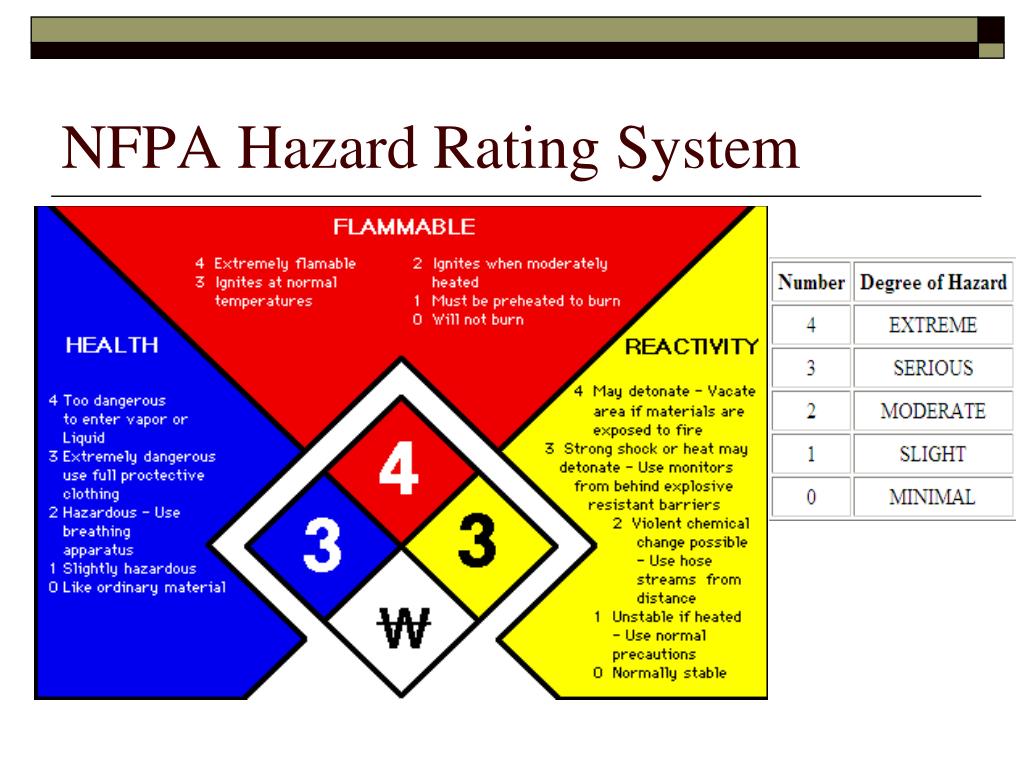Add to MyChemicals Print Friendly Page
Chemical Datasheet
Chemical Identifiers | Hazards | Response Recommendations | Physical Properties | Regulatory Information | Alternate Chemical Names
What is this information?
The Chemical Identifier fields include common identification numbers, the NFPA diamond U.S. Department of Transportation hazard labels, and a general description of the chemical. The information in CAMEO Chemicals comes from a variety of data sources.
| CAS Number | UN/NA Number | DOT Hazard Label | USCG CHRIS Code |
|---|---|---|---|
|
|
|
|
| NIOSH Pocket Guide | International Chem Safety Card | ||
| Ethyl acetate |
| ||
NFPA 704
| Diamond | Hazard | Value | Description |
|---|---|---|---|
| Health | 1 | Can cause significant irritation. | |
| Flammability | 3 | Can be ignited under almost all ambient temperature conditions. | |
| Instability | 0 | Normally stable, even under fire conditions. | |
| Special |
(NFPA, 2010)
General Description
A clear colorless liquid with a fruity odor. Flash point 24°F. Less dense than water. Vapors heavier than air.
What is this information?
The Hazard fields include special hazard alerts air and water reactions, fire hazards, health hazards, a reactivity profile, and details about reactive groups assignments and potentially incompatible absorbents. The information in CAMEO Chemicals comes from a variety of data sources.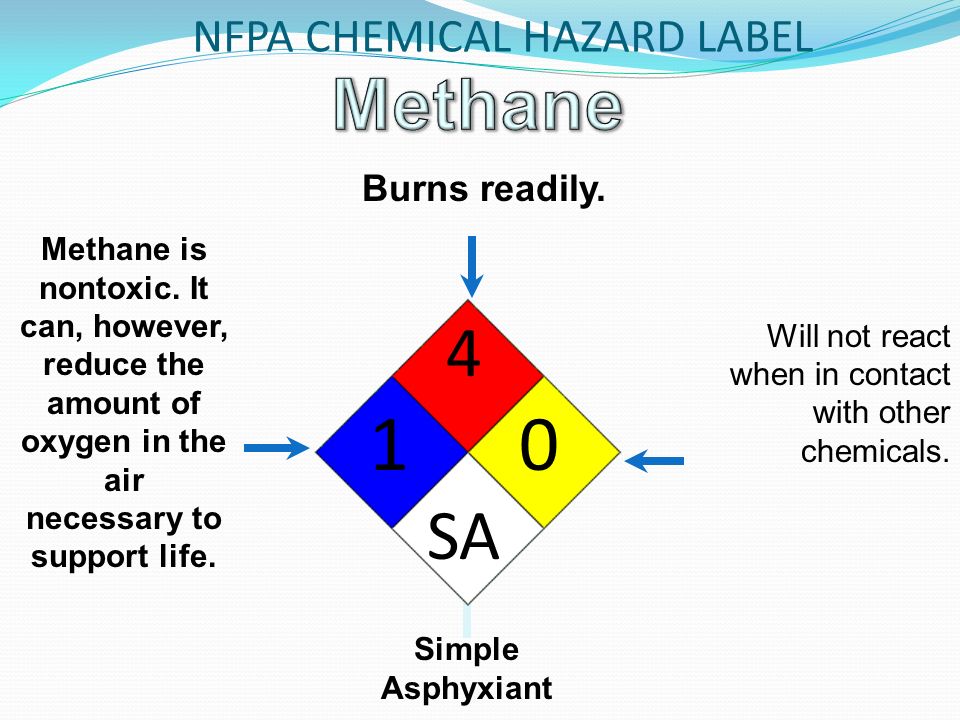
Reactivity Alerts
Air & Water Reactions
Highly flammable. Slightly soluble in water. This chemical is slowly hydrolyzed by moisture.
Fire Hazard
Excerpt from ERG Guide 129 [Flammable Liquids (Water-Miscible / Noxious)]:
HIGHLY FLAMMABLE: Will be easily ignited by heat, sparks or flames. Vapors may form explosive mixtures with air. Vapors may travel to source of ignition and flash back. Most vapors are heavier than air. They will spread along the ground and collect in low or confined areas (sewers, basements, tanks, etc.). Vapor explosion hazard indoors, outdoors or in sewers. Those substances designated with a (P) may polymerize explosively when heated or involved in a fire. Runoff to sewer may create fire or explosion hazard. Containers may explode when heated. Many liquids will float on water. (ERG, 2020)
Health Hazard
Headache, irritation of respiratory passages and eyes, dizziness and nausea, weakness, loss of consciousness.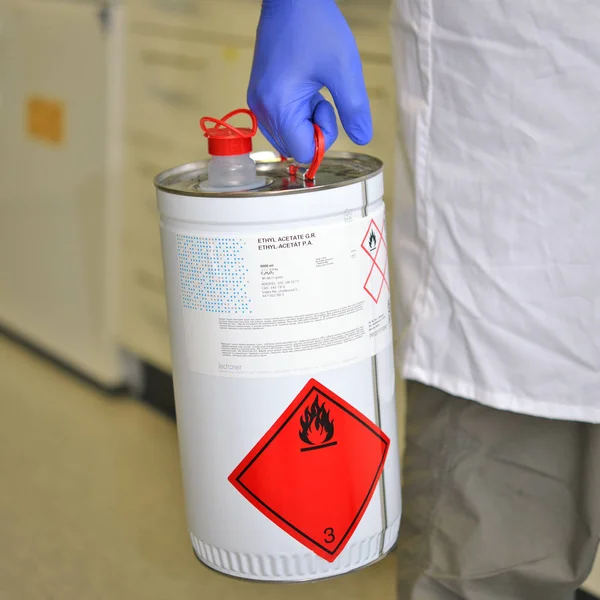 (USCG, 1999)
(USCG, 1999)
Reactivity Profile
ETHYL ACETATE is also sensitive to heat. On prolonged storage, materials containing similar functional groups have formed explosive peroxides. This chemical may ignite or explode with lithium aluminum hydride. It may also ignite with potassium tert-butoxide. It is incompatible with nitrates, strong alkalis and strong acids. It will attack some forms of plastics, rubber and coatings. It is incompatible with oxidizers such as hydrogen peroxide, nitric acid, perchloric acid and chromium trioxide. Violent reactions occur with chlorosulfonic acid. (NTP, 1992). SOCl2 reacts with esters, such as ethyl acetate, forming toxic SO2 gas and water soluble/toxic acyl chlorides, catalyzed by Fe or Zn (Spagnuolo, C.J. et al. 1992. Chemical and Engineering News 70(22):2.).
Belongs to the Following Reactive Group(s)
Potentially Incompatible Absorbents
No information available.
What is this information?
The Response Recommendation fields include isolation and evacuation distances, as well as recommendations for firefighting, non-fire response, protective clothing, and first aid. The information in CAMEO Chemicals comes from a variety of data sources.
Isolation and Evacuation
Excerpt from ERG Guide 129 [Flammable Liquids (Water-Miscible / Noxious)]:
IMMEDIATE PRECAUTIONARY MEASURE: Isolate spill or leak area for at least 50 meters (150 feet) in all directions.
LARGE SPILL: Consider initial downwind evacuation for at least 300 meters (1000 feet).
FIRE: If tank, rail car or tank truck is involved in a fire, ISOLATE for 800 meters (1/2 mile) in all directions; also, consider initial evacuation for 800 meters (1/2 mile) in all directions. (ERG, 2020)
Firefighting
Excerpt from ERG Guide 129 [Flammable Liquids (Water-Miscible / Noxious)]:
CAUTION: The majority of these products have a very low flash point.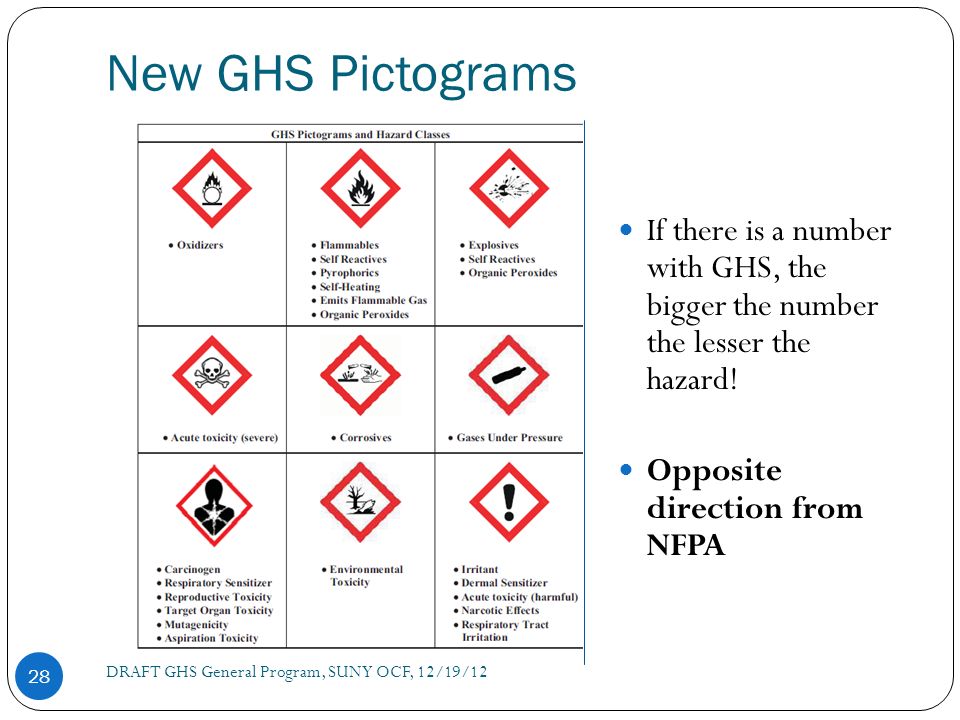 Use of water spray when fighting fire may be inefficient.
Use of water spray when fighting fire may be inefficient.
SMALL FIRE: Dry chemical, CO2, water spray or alcohol-resistant foam. Do not use dry chemical extinguishers to control fires involving nitromethane (UN1261) or nitroethane (UN2842).
LARGE FIRE: Water spray, fog or alcohol-resistant foam. Avoid aiming straight or solid streams directly onto the product. If it can be done safely, move undamaged containers away from the area around the fire.
FIRE INVOLVING TANKS OR CAR/TRAILER LOADS: Fight fire from maximum distance or use unmanned master stream devices or monitor nozzles. Cool containers with flooding quantities of water until well after fire is out. Withdraw immediately in case of rising sound from venting safety devices or discoloration of tank. ALWAYS stay away from tanks engulfed in fire. For massive fire, use unmanned master stream devices or monitor nozzles; if this is impossible, withdraw from area and let fire burn. (ERG, 2020)
Non-Fire Response
Excerpt from ERG Guide 129 [Flammable Liquids (Water-Miscible / Noxious)]:
ELIMINATE all ignition sources (no smoking, flares, sparks or flames) from immediate area.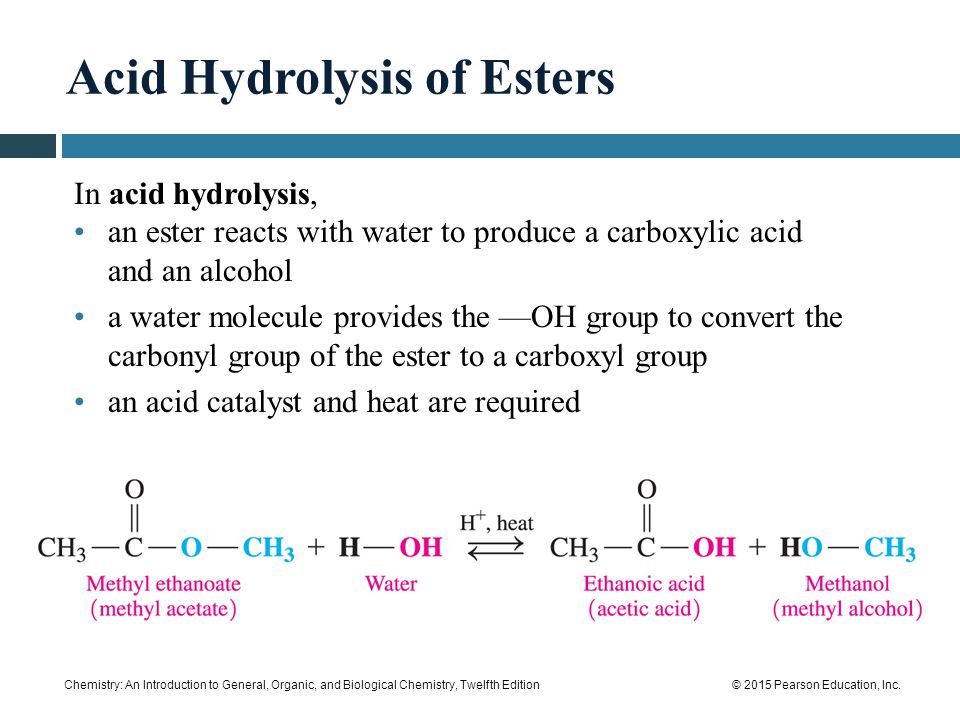 All equipment used when handling the product must be grounded. Do not touch or walk through spilled material. Stop leak if you can do it without risk. Prevent entry into waterways, sewers, basements or confined areas. A vapor-suppressing foam may be used to reduce vapors. Absorb or cover with dry earth, sand or other non-combustible material and transfer to containers. Use clean, non-sparking tools to collect absorbed material.
All equipment used when handling the product must be grounded. Do not touch or walk through spilled material. Stop leak if you can do it without risk. Prevent entry into waterways, sewers, basements or confined areas. A vapor-suppressing foam may be used to reduce vapors. Absorb or cover with dry earth, sand or other non-combustible material and transfer to containers. Use clean, non-sparking tools to collect absorbed material.
LARGE SPILL: Dike far ahead of liquid spill for later disposal. Water spray may reduce vapor, but may not prevent ignition in closed spaces. (ERG, 2020)
Protective Clothing
Excerpt from NIOSH Pocket Guide for Ethyl acetate:
Skin: PREVENT SKIN CONTACT - Wear appropriate personal protective clothing to prevent skin contact.
Eyes: PREVENT EYE CONTACT - Wear appropriate eye protection to prevent eye contact.
Wash skin: WHEN CONTAMINATED - The worker should immediately wash the skin when it becomes contaminated.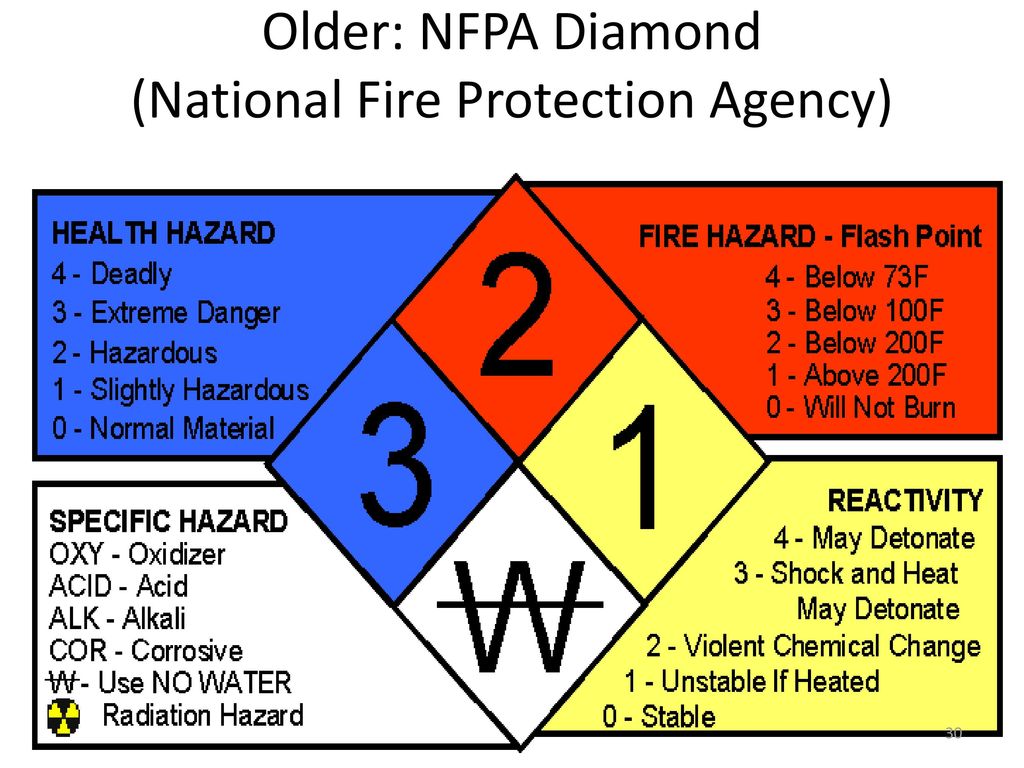
Remove: WHEN WET (FLAMMABLE) - Work clothing that becomes wet should be immediately removed due to its flammability hazard (i.e., for liquids with a flash point <100°F).
Change: No recommendation is made specifying the need for the worker to change clothing after the workshift. (NIOSH, 2022)
DuPont Tychem® Suit Fabrics
Fabric legend, testing details, and a caution from DuPont
Tychem® Fabric Legend
| QS = Tychem 2000 SFR |
| QC = Tychem 2000 |
| SL = Tychem 4000 |
| C3 = Tychem 5000 |
| TF = Tychem 6000 |
| TP = Tychem 6000 FR |
| RC = Tychem RESPONDER® CSM |
| TK = Tychem 10000 |
| RF = Tychem 10000 FR |
Testing Details
The fabric permeation data was generated for DuPont by a third party laboratory.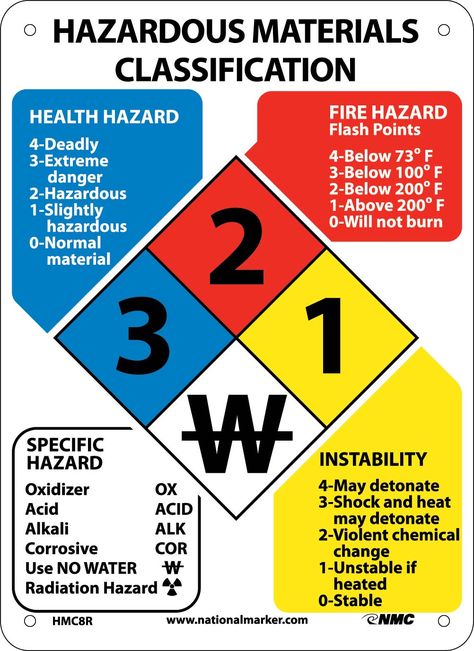 Permeation data for industrial chemicals is obtained per ASTM F739. Normalized breakthrough times (the time at which the permeation rate exceeds 0.1 μg/cm2/min) are reported in minutes. All chemicals have been tested between approximately 20°C and 27°C unless otherwise stated. All chemicals have been tested at a concentration of greater than 95% unless otherwise stated. Chemical warfare agents (Lewisite, Sarin, Soman, Sulfur Mustard, Tabun and VX Nerve Agent) have been tested at 22°C and 50% relative humidity per military standard MIL-STD-282. "Breakthrough time" for chemical warfare agents is defined as the time when the cumulative mass which permeated through the fabric exceeds the limit in MIL-STD-282 [either 1.25 or 4.0 μg/cm2].
Permeation data for industrial chemicals is obtained per ASTM F739. Normalized breakthrough times (the time at which the permeation rate exceeds 0.1 μg/cm2/min) are reported in minutes. All chemicals have been tested between approximately 20°C and 27°C unless otherwise stated. All chemicals have been tested at a concentration of greater than 95% unless otherwise stated. Chemical warfare agents (Lewisite, Sarin, Soman, Sulfur Mustard, Tabun and VX Nerve Agent) have been tested at 22°C and 50% relative humidity per military standard MIL-STD-282. "Breakthrough time" for chemical warfare agents is defined as the time when the cumulative mass which permeated through the fabric exceeds the limit in MIL-STD-282 [either 1.25 or 4.0 μg/cm2].
A Caution from DuPont
This information is based upon technical data that DuPont believes to be reliable on the date issued. It is subject to revision as additional knowledge and experience are gained. The information reflects laboratory performance of fabrics, not complete garments, under controlled conditions. It is intended for informational use by persons having technical skill for evaluation under their specific end-use conditions, at their own discretion and risk. It is the user's responsibility to determine the level of toxicity and the proper personal protective equipment needed. Anyone intending to use this information should first verify that the garment selected is suitable for the intended use. In many cases, seams and closures have shorter breakthrough times and higher permeation rates than the fabric. If fabric becomes torn,abraded or punctured, or if seams or closures fail, or if attached gloves, visors, etc. are damaged, end user should discontinue use of garment to avoid potential exposure to chemical. Since conditions of use are outside our control, DuPont makes no warranties, express or implied, including, without limitation, no warranties of merchantability or fitness for a particular use and assume no liability in connection with any use of this information.
The information reflects laboratory performance of fabrics, not complete garments, under controlled conditions. It is intended for informational use by persons having technical skill for evaluation under their specific end-use conditions, at their own discretion and risk. It is the user's responsibility to determine the level of toxicity and the proper personal protective equipment needed. Anyone intending to use this information should first verify that the garment selected is suitable for the intended use. In many cases, seams and closures have shorter breakthrough times and higher permeation rates than the fabric. If fabric becomes torn,abraded or punctured, or if seams or closures fail, or if attached gloves, visors, etc. are damaged, end user should discontinue use of garment to avoid potential exposure to chemical. Since conditions of use are outside our control, DuPont makes no warranties, express or implied, including, without limitation, no warranties of merchantability or fitness for a particular use and assume no liability in connection with any use of this information.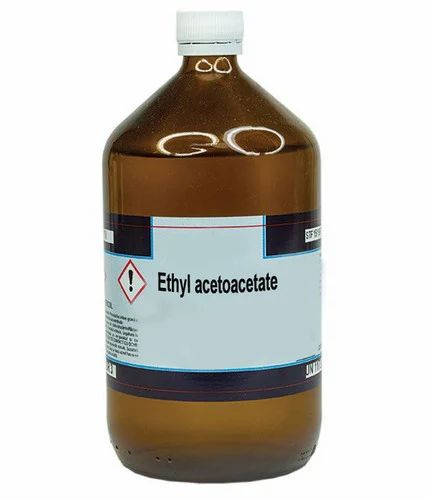 This information is not intended as a license to operate under or a recommendation to infringe any patent, trademark or technical information of DuPont or others covering any material or its use.
This information is not intended as a license to operate under or a recommendation to infringe any patent, trademark or technical information of DuPont or others covering any material or its use.
| Chemical | CAS Number | State | QS | QC | SL | C3 | TF | TP | RC | TK | RF |
|---|---|---|---|---|---|---|---|---|---|---|---|
| Acetic acid ethyl ester | 141-78-6 | Liquid | imm | imm | >480 | >480 | >480 | >480 | >480 | >480 | |
| Ethyl acetate | 141-78-6 | Liquid | imm | imm | >480 | >480 | >480 | >480 | >480 | >480 |
> indicates greater than.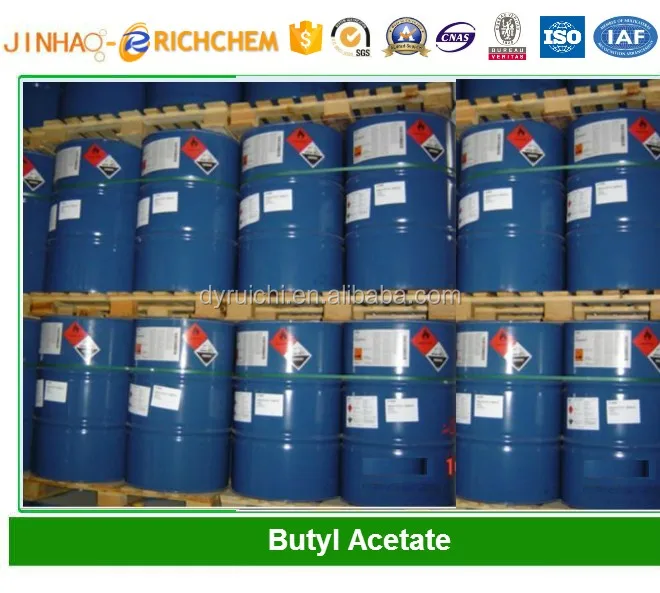
"imm" indicates immediate; having a normalized breakthrough time of 10 minutes or less.
Special Warning from DuPont: Tychem® and Tyvek® fabrics should not be used around heat, flames, sparks or in potentially flammable or explosive environments. Only...
More Info...
...Tychem® ThermoPro, Tychem® Reflector® and Tychem® TK styles 600T/601T (with aluminized outer suit) garments are designed and tested to help reduce burn injury during escape from a flash fire. Users of Tychem® ThermoPro, Tychem® Reflector® and Tychem® TK styles 600T/601T (with aluminized outer suit) garments should not knowingly enter an explosive environment. Tychem® garments with attached socks must be worn inside protective outer footwear and are not suitable as outer footwear. These attached socks do not have adequate durability or slip resistance to be worn as the outer foot covering.
(DuPont, 2022)
First Aid
EYES: First check the victim for contact lenses and remove if present.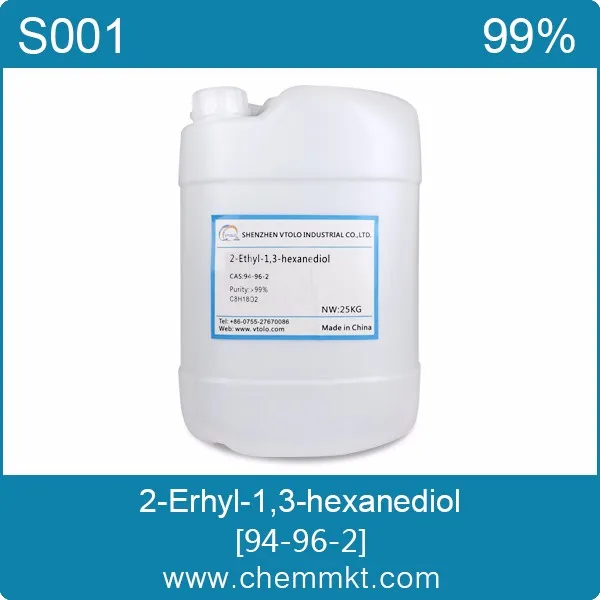 Flush victim's eyes with water or normal saline solution for 20 to 30 minutes while simultaneously calling a hospital or poison control center. Do not put any ointments, oils, or medication in the victim's eyes without specific instructions from a physician. IMMEDIATELY transport the victim after flushing eyes to a hospital even if no symptoms (such as redness or irritation) develop.
Flush victim's eyes with water or normal saline solution for 20 to 30 minutes while simultaneously calling a hospital or poison control center. Do not put any ointments, oils, or medication in the victim's eyes without specific instructions from a physician. IMMEDIATELY transport the victim after flushing eyes to a hospital even if no symptoms (such as redness or irritation) develop.
SKIN: IMMEDIATELY flood affected skin with water while removing and isolating all contaminated clothing. Gently wash all affected skin areas thoroughly with soap and water. If symptoms such as redness or irritation develop, IMMEDIATELY call a physician and be prepared to transport the victim to a hospital for treatment.
INHALATION: IMMEDIATELY leave the contaminated area; take deep breaths of fresh air. If symptoms (such as wheezing, coughing, shortness of breath, or burning in the mouth, throat, or chest) develop, call a physician and be prepared to transport the victim to a hospital. Provide proper respiratory protection to rescuers entering an unknown atmosphere. Whenever possible, Self-Contained Breathing Apparatus (SCBA) should be used; if not available, use a level of protection greater than or equal to that advised under Protective Clothing.
Whenever possible, Self-Contained Breathing Apparatus (SCBA) should be used; if not available, use a level of protection greater than or equal to that advised under Protective Clothing.
INGESTION: DO NOT INDUCE VOMITING. Volatile chemicals have a high risk of being aspirated into the victim's lungs during vomiting which increases the medical problems. If the victim is conscious and not convulsing, give 1 or 2 glasses of water to dilute the chemical and IMMEDIATELY call a hospital or poison control center. IMMEDIATELY transport the victim to a hospital. If the victim is convulsing or unconscious, do not give anything by mouth, ensure that the victim's airway is open and lay the victim on his/her side with the head lower than the body. DO NOT INDUCE VOMITING. IMMEDIATELY transport the victim to a hospital. (NTP, 1992)
What is this information?
The Physical Property fields include properties such as vapor pressure and boiling point, as well as explosive limits and toxic exposure thresholds The information in CAMEO Chemicals comes from a variety of data sources.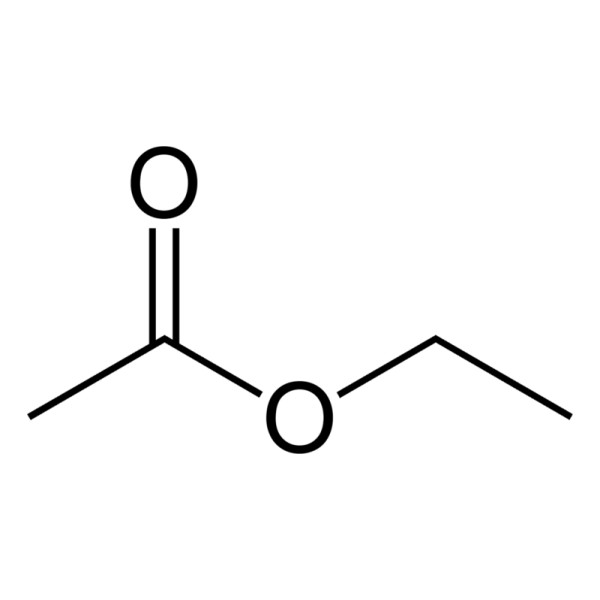
| Chemical Formula: |
|
Flash Point: 24°F (NTP, 1992)
Lower Explosive Limit (LEL): 2 % (NTP, 1992)
Upper Explosive Limit (UEL): 11.5 % (NTP, 1992)
Autoignition Temperature: 800°F (USCG, 1999)
Melting Point: -118.5°F (NTP, 1992)
Vapor Pressure: 73 mmHg at 68°F ; 100 mmHg at 81°F (NTP, 1992)
Vapor Density (Relative to Air): 3.04 (NTP, 1992)
Specific Gravity: 0.902 at 68°F (USCG, 1999)
Boiling Point: 171°F at 760 mmHg (NTP, 1992)
Molecular Weight: 88.11 (NTP, 1992)
Water Solubility: 50 to 100 mg/mL at 70°F (NTP, 1992)
Ionization Energy/Potential: 10.01 eV (NIOSH, 2022)
IDLH: 2000 ppm ; Based on 10% of the lower explosive limit. (NIOSH, 2022)
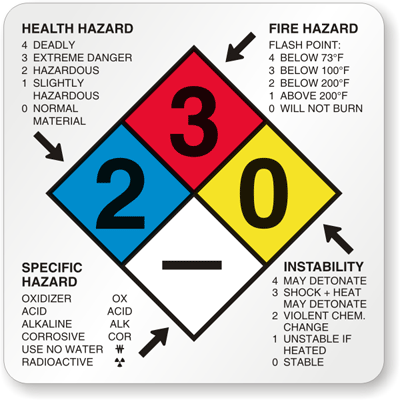
| Chemical | PAC-1 | PAC-2 | PAC-3 | |
|---|---|---|---|---|
| Ethyl acetate (141-78-6) | 1200 ppm | 1700 ppm | 10000 ppm | LEL = 20000 ppm |
indicates value is 50-99% of LEL.
(DOE, 2018)
What is this information?
The Regulatory Information fields include information from the U.S. Environmental Protection Agency's Title III Consolidated List of Lists, the U.S. Cybersecurity and Infrastructure Security Agency's Chemical Facility Anti-Terrorism Standards, and the U.S. Occupational Safety and Health Administration's Process Safety Management of Highly Hazardous Chemicals Standard List (see more about these data sources).
| Regulatory Name | CAS Number/ 313 Category Code | EPCRA 302 EHS TPQ | EPCRA 304 EHS RQ | CERCLA RQ | EPCRA 313 TRI | RCRA Code | CAA 112(r) RMP TQ |
|---|---|---|---|---|---|---|---|
| Ethyl acetate | 141-78-6 | 5000 pounds | U112 |
(EPA List of Lists, 2022)
No regulatory information available.
No regulatory information available.
What is this information?
This section provides a listing of alternate names for this chemical, including trade names and synonyms.
Label abbreviations descriptions
| Chemical Identification | |
|---|---|
| CAS # | 141-78-6 |
| Formula | C₄H₈O₂ |
| Synonyms |
acetic ester; acetic ether; ethyl ester of acetic acid; ethyl ethanoate |
| Physical Properties | |||
|---|---|---|---|
| Physical description | Colorless liquid with an ether-like, fruity odor. | ||
| Boiling point | 171°F | Molecular weight | 88.1 |
| Freezing point/melting point | 117°F | Vapor pressure | 73 mmHg |
| Flash point | 24°F | Vapor density | 3.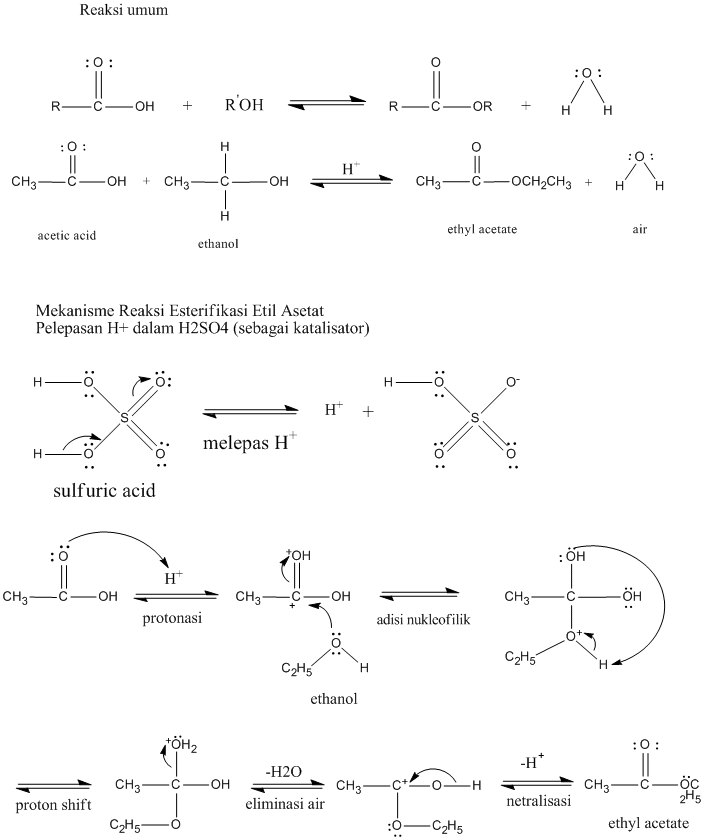 04 04 |
| Specific gravity | 0.9 | Ionization potential | 10.01 eV |
| Lower explosive limit (LEL) | 2% | Upper explosive limit (UEL) | 11.5% |
| NFPA health rating | 1 | NFPA fire rating | 3 |
| NFPA reactivity rating | 0 | NFPA special instruction | |
| Vapor hazard ratio (VHR) | |||
| Historical exceedance percentage | |||
| Target organs | |||
| Monitoring Methods Used by OSHA | ||||||
|---|---|---|---|---|---|---|
Analyte code (IMIS no.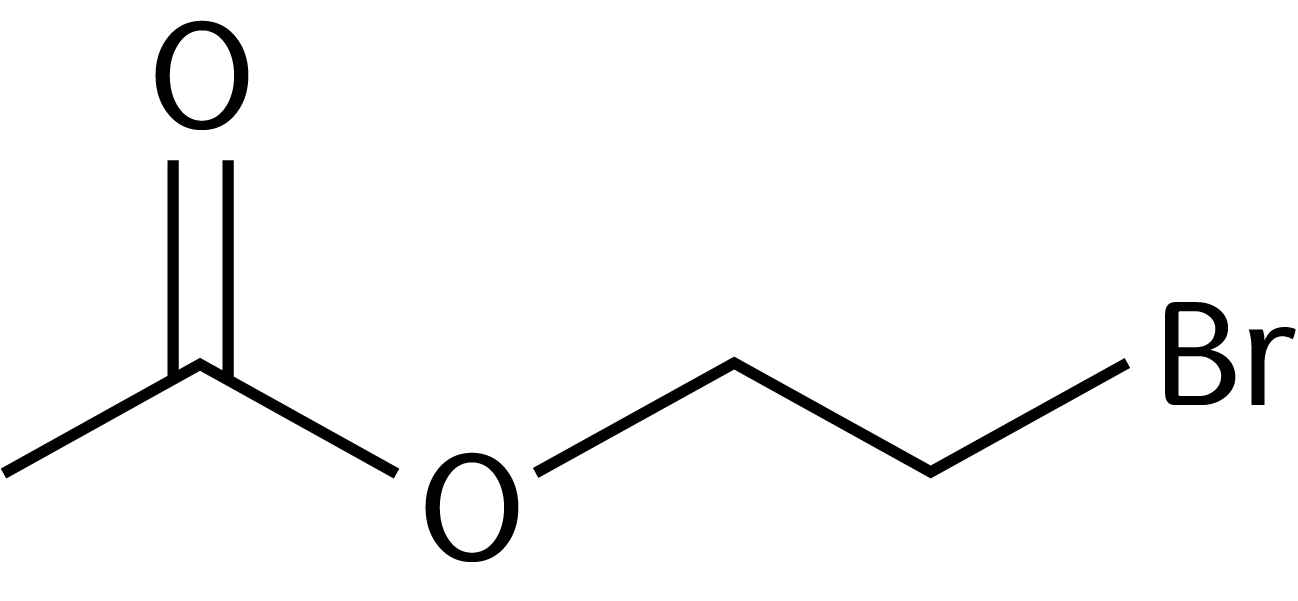 ) ) | 1040 | |||||
| Sampling group | OVSG-1 | |||||
| Sampler/Sampling media | CSC tube (100/50 mg) [SKC 226-01] | |||||
| Sampling time* |
120 min | |||||
| Sampling volume (TWA)* |
6 L | |||||
| Sampling flow rate (TWA)* |
0. | |||||
| Sampling volume (STEL/Peak/C)* |
| |||||
| Sampling flow rate (STEL/Peak/C)* |
| |||||
| Analytical method instruments | GC-FID | |||||
| Method reference | OSHA 5000 (fully validated) | |||||
| Notes |
Samples must be refrigerated for shipment to laboratory. | |||||
| Special requirements |
| |||||
* All sampling instructions above are recommended guidelines for OSHA Compliance Safety and Health Officers (CSHOs), please see the corresponding OSHA method reference for complete details.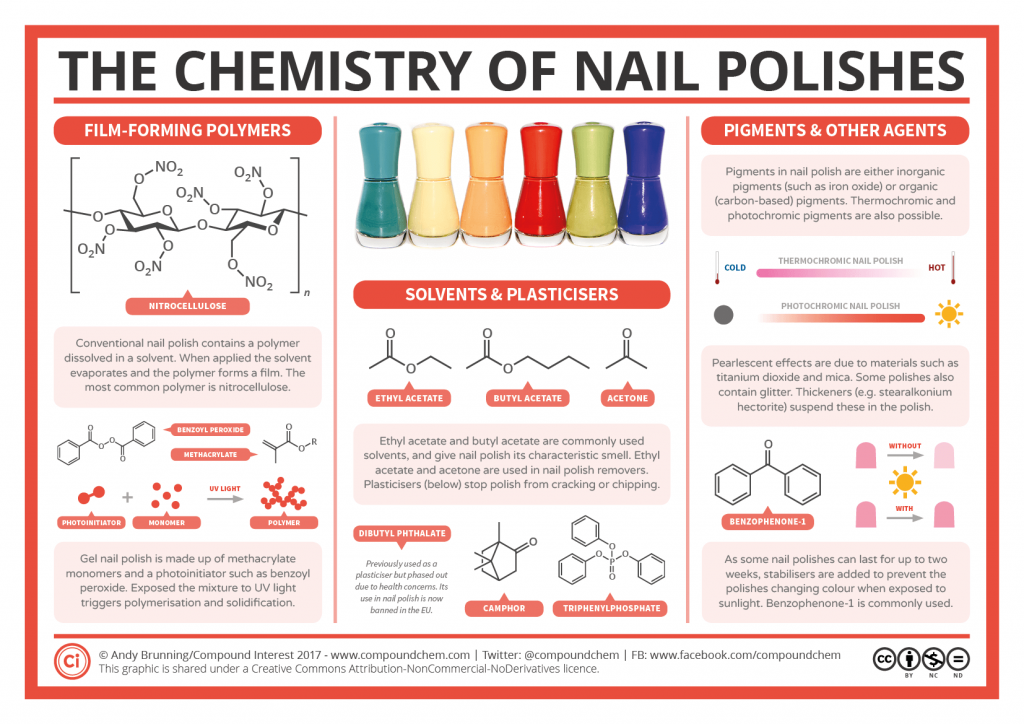
| Wipe Method | |
|---|---|
| Sampler/Sampling media |
|
| Bulk Method |
|---|
|
|
| On-Site Screening Techniques | ||||||
|---|---|---|---|---|---|---|
| Device | ||||||
| Model/Type | ||||||
| Sampling information (see manufacturer instructions) | ||||||
| Exposure Limits | |||||||
|---|---|---|---|---|---|---|---|
| OSHA PEL | NIOSH REL | ACGIH TLV© | CAL/OSHA PEL | ||||
| PEL-TWA |
400 ppm (1400 mg/m³) | REL-TWA |
400 ppm (1400 mg/m³) | TLV-TWA |
400 ppm [1979] | PEL-TWA |
400 ppm (1400 mg/m³) |
| PEL-STEL |
| REL-STEL |
| TLV-STEL |
| PEL-STEL |
|
| PEL-C |
| REL-C |
| TLV-C |
| PEL-C |
|
| Skin notation |
N | Skin notation |
N | Skin notation |
N | Skin notation |
N |
| Notes:
See 29 CFR 1910. | Notes:
| Notes:
| Notes:
| ||||
| Health factors: See NIH-NLM PubChem. | IDLH |
2000 ppm | |||||
| Carcinogenic classifications: Not listed | Notes:
10% of LEL | ||||||
| AIHA emergency response planning guidelines - ERPG-1/ERPG-2/ERPG-3:
| |||||||
| Additional Resources and Literature References |
|---|
| NOAA: CAMEO Chemicals - Ethyl acetate NIOSH: Pocket Guide to Chemical Hazards - Ethyl acetate Literature References
|
Last Updated Date : 04/13/2021
| Sampling Media | Sampling Time (If there are exceptions they will be in Notes) | TWA Sampling Volume (If there are exceptions they will be in Notes) | TWA Flow Rate (If there are exceptions they will be in Notes) |
|---|---|---|---|
| CSC Tube (100/50 mg sections, 20/40 mesh), [SKC 226-01] | 240 min | 12 L | 0.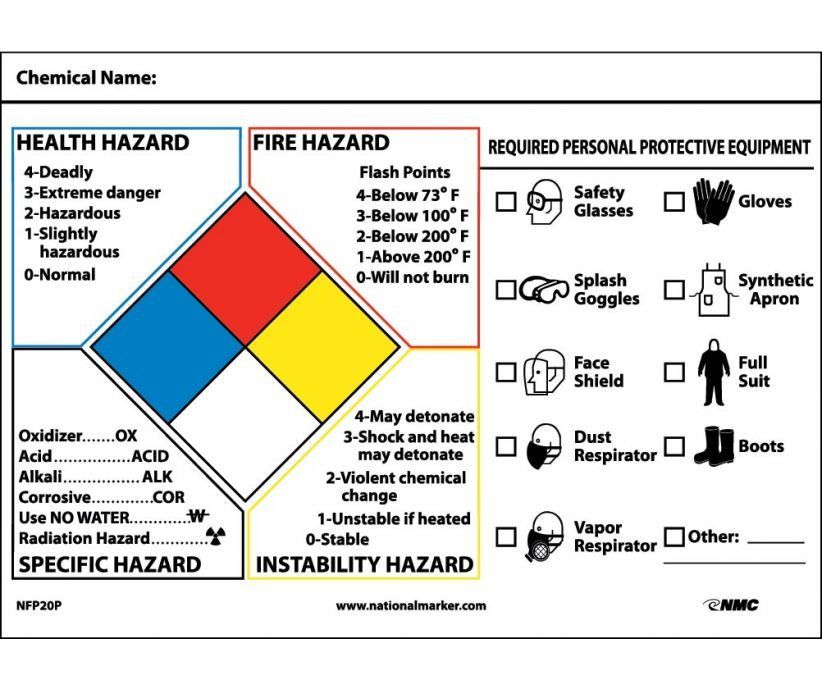 05 L/min 05 L/min |
| Analytes | IMIS Code | Wipe Sampling | Incompatibilities |
|---|---|---|---|
| Isobutyl Acetate | 1534 | No | |
| n-Butyl Acetate | 0440 | No | |
| sec-Butyl Acetate | 0441 | No | |
| tert-Butyl Acetate | 0442 | No | |
| Toluene** | 2460 | No | |
| Ethyl Benzene | 1080 | No | |
| Perchloroethylene (Tetrachloroethylene)** | 2020 | No | |
| Trichloroethylene** | 2490 | No | |
| Xylene | 2590 | No | |
| Trimethylbenzene | 2505 | No | |
| Benzene*** | 0320 | No | |
| Ethyl Acetate**** | 1040 | No | |
| n-Propyl Acetate‡ | 2180 | No | |
| Pentane‡‡ | 1990 | No | |
| Cyclohexane‡‡‡ | 0810 | No | |
| Heptane* | 1371 | No | |
| n-Hexane‡‡‡‡ | 1380 | No | |
| Nonane* | N807 | No | |
| Octane* | 1957 | No |
Request any (up to three (3)) of these analytes together.
Alternatively request IMIS Code Q115 and SLTC will report any significant amounts of these analytes.
Results for unrequested analytes in this group will be reported if significant amount are found.
Toluene, sec-Butyl Acetate, Benzene and Isobutyl Alcohol all have/are known interferences. Please indicate on the 91A which of these compounds are known to be present.
There is no need to contact SLTC before sampling.
*80 min (4L)
**Peak sampling 1 min (0.05 L) and Ceiling sampling 5 min (0.25 L)
***STEL sampling 15 min (0.75 L)
****120 min (6 L)
‡200 min (10 L)
‡‡45 min (2.25 L)
‡‡‡190 min (9.5 L)
‡‡‡‡98 min (4.9 L)
| In stock!
We offer from a warehouse in Almaty (links): Safety rinse bottles, with pressure relief valve, Manufactured from LDPE with bottle wash safety symbol in accordance with Regulation (EC) 1272/2008 (GHS). Safety rinse bottles, with pressure relief valve, PE-LD NEW! - Multipurpose wide mouth wash bottles with patented DripLok ® outlet valve that prevents solvent leakage LLG narrow mouth washer. Polyethylene Natural color. Narrow-mouth bottles, series 301, PE-LD Round, colorless, without lids. Outer thread High shoulder bottles, series 302, PE-LD Round, natural color. Outer thread Narrow mouth bottle caps, 301/302 series, PE-LD For For For Cap with drawstring, Washers Type 2401, PE-LD PE-LD bottle and tube. Diam. Wash bottles with screw cap Type 2403, FEP ETFE screw cap, tube and holder. The holder of a tube and a cover - merged. Diam. UnitaryTM Wide Mouth Washers Type 2402, PE-LD PE-LD bottle with PP screw cap. Diam. Unitary™ Wide Mouth Washers Type DS2408, LDPE Monolithic, red. Diam. VITsafe™ Marked Safety Washers, Narrow Neck, PP/PE-LD Manufactured from polypropylene or LDPE, printed with safety information in accordance with regulation (EC) No. 1272/2008 (GHS). With screw cap VENT-CAP. Drain tube with polypropylene tip to optimize the return flow of the product. The absence of a spray insert and the smooth surface of the inner tube help to avoid the appearance of turbulent flows in the liquid. Non-removable labels contain GHS regulatory information such as: chemical name in four languages (German, English, French and Spanish), chemical formula, CAS number, hazard symbol, signal word, precautionary statement and National fire safety associations. VITsafe™ Wide Mouth Safety Washers, Marked, PP/PE-LD Manufactured from polypropylene or PE-LD, printed with safety information in accordance with regulation (EC) No. 1272/2008 (GHS). With screw cap VENT-CAP. Drain tube with polypropylene tip to optimize the return flow of the product. The absence of a spray insert and the smooth surface of the inner tube help to avoid the appearance of turbulent flows in the liquid. Non-removable labels contain GHS regulatory information such as: chemical name in four languages (German, English, French and Spanish), chemical formula, CAS number, hazard symbol, signal word, precautionary statement and National fire safety associations. VENT-CAPs for wash bottles. Polypropylene Polypropylene threaded cap and tube with extended end to optimize fluid outflow. Wide Mouth Washers, Series 303, PE-LD Safety laboratory bottles with hazardous contents symbol. Outer thread Wash bottle racks NEW! Convenient storage and transport of six filled bottles Natural color. Combi screw cap made of polyethylene with screw-in ferrule must be ordered separately. Excellent for sticky substances and other finely dosed liquids. Caps for dropper bottles, PE-HD Dropper bottle Type 2414, FEP/ETFE Teflon® FEP bottle. LaboPlast® spray gun, PE-HD Polyethylene/polypropylene/polyamide, glass fiber reinforced, V2A, FKM/ Outer diameter Diam. LaboPlast® spray bottle, Trigger pump with adjustable nozzle. Significant resistance to chemicals. External Diam. Turn'n'Spray Spray Bottle, Conventional spray bottles cannot spray tilted or upside down because the suction tube is above the liquid level. Another thing is our new Turn'n'Spray spray bottles. Their special technique makes it possible to spray from any position. You can practically and conveniently spray from any position, also in hard-to-reach places. Height with cover Diam. | |||||||||||||||||||||||||||||||||||||||||||||||||||||||||||||||||||||||||||||||||||||||||||||||||||||||||||||||||||||||||||||||||||||||||||||||||||||||||||||||||||||||||||||||||||||||||||||||||||||||||||||||||||||||||||||||||||||||||||||||||||||||||||||||||||||||||||||||||||||||||||||||||||||||||||||||||||||||||||||||||||||||||||||||||||||||||||||||||||||||||||||||||||||||||||||||||||||||||||||||||||||||||||||||||||||||||||||||||||||||||||||||||||||||||||||||||||||||||||||||||||||||||||||||||||||||||||||||||||||||||||||||||||||||||||||||||||||||||||||||||||||||||||||||||||||||||||||||||||||||||||||||||||||||||||||||||||||||||||||||||||||||||||||||||||||||||||||||||||||||||||||||||||||||||||||||||||||||||||||||||||||||||||||||||||||||||||||||||||||||||||||||||||||||||||||||||||||||||||||||||||||||||||||||||||||||||||||||||||||||||||||||||||||||||||||||||||||||||||||||||||||||||||||||||||||||||||||||||||||||||||||||||||||||||||||||||||||||||||||||||||||||||||||||||||||||||||||||||||||||
Two flush bottles with the NFPA 704 logo. This label, more commonly known as the "fire diamond", identifies the main risks associated with each product. This standard is mainly used in the Anglo-Saxon world, but it is not uncommon to find it in countries other than the United States.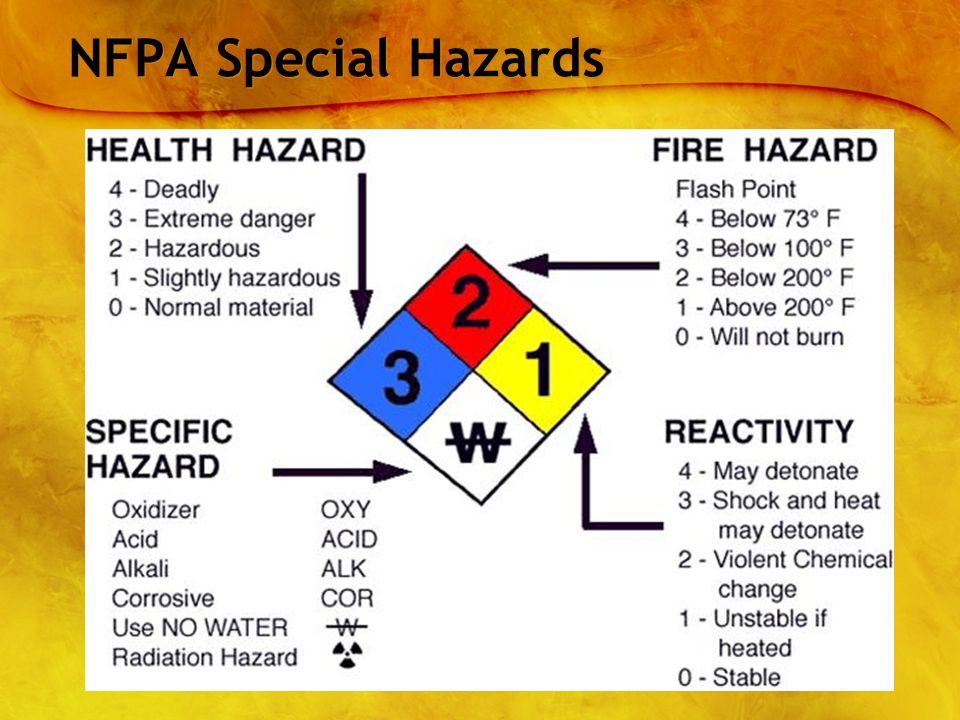
This label allows the person handling the product to quickly recognize the level of danger through a color code and a five-step risk assessment. In the event that products are stored locally, such as a fire, this label also allows response teams to quickly identify the risks specific to each substance and select response equipment, consequences, and thus avoid additional risks.
| NFPA 704 | |
|
1 3 1
| NFPA 704 is an abbreviation for lead chromate: high human toxicity, low flammability and explosiveness. |
The four diamonds are color coded: blue for health risk, red for product flammability, yellow for chemical reactivity, and white for a special box that contains codes for specific risks. Each of the first three fields has a scale from 0 (no hazard; inert substance) to 4 (severe risk).
Each of the first three fields has a scale from 0 (no hazard; inert substance) to 4 (severe risk).
| Symbol | Meaning |
|---|---|
| 0 | Non-toxic product that can be used without special precautions (eg water). |
| 1 | Product which may cause irritation or minor effects after exposure (eg ethyl acetate). |
| 2 | A product which, after intense or continuous exposure (but not chronic), may cause temporary disability or minor residual effects (eg chloroform). |
| 3 | A product which, after short-term exposure, may cause serious temporary effects or moderate residual effects (eg hydrochloric acid). |
| 4 | A product which, after very short exposure, may cause death or serious consequences (for example: hydrogen cyanide). |
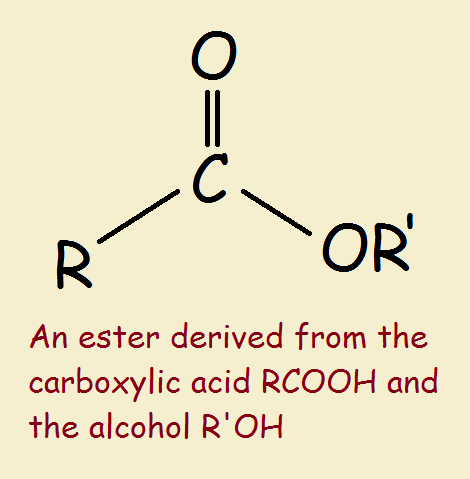
| Symbol | Meaning |
|---|---|
| 0 | Non-flammable product. |
| 1 | Product which can only ignite when heated (eg benzoic acid). |
| 2 | A product which will ignite only after moderate heating or exposure to a source of relatively high temperature (eg diesel fuel). The flash point is between 38°C and 93°C . |
| 3 | Liquids and solids liable to ignite at room temperature (eg gasoline). Liquids with a flash point less than 23 °C (73 °F) and a boiling point equal to or greater than 38 °C (100 °F) or having a flash point between 23 and 38 °C (73 and 100 °F). . |
| 4 | Product may evaporate rapidly or completely at ambient temperature and pressure, or disperse in air and flammable (eg propane). Flash point below 23 °C . Flash point below 23 °C . |
| Symbol | Meaning |
|---|---|
| 0 | Generally inert. |
| 1 | Product is stable but may become unstable at elevated temperature and pressure. |
| 2 | A product capable of undergoing a violent chemical transformation at high temperature and pressure, or of exploding on contact with water, or of forming an explosive mixture with water (for example: phosphorus, sodium). |
| 3 | A product capable of exploding or detonating, but requiring a strong source of ignition or significant heating in an enclosed environment, or capable of exploding on contact with water, or capable of exploding on violent impact (for example: fluorine).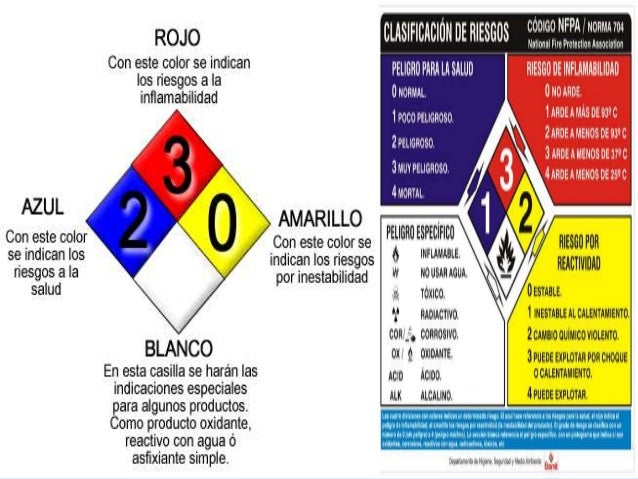 |
| 4 | Product which may explode or explode at ambient temperature and pressure (eg nitroglycerin, RDX). |
The white field can contain several characters:
Note: only characters W , SA and OX / OXY are officially recognized by NFPA 704.